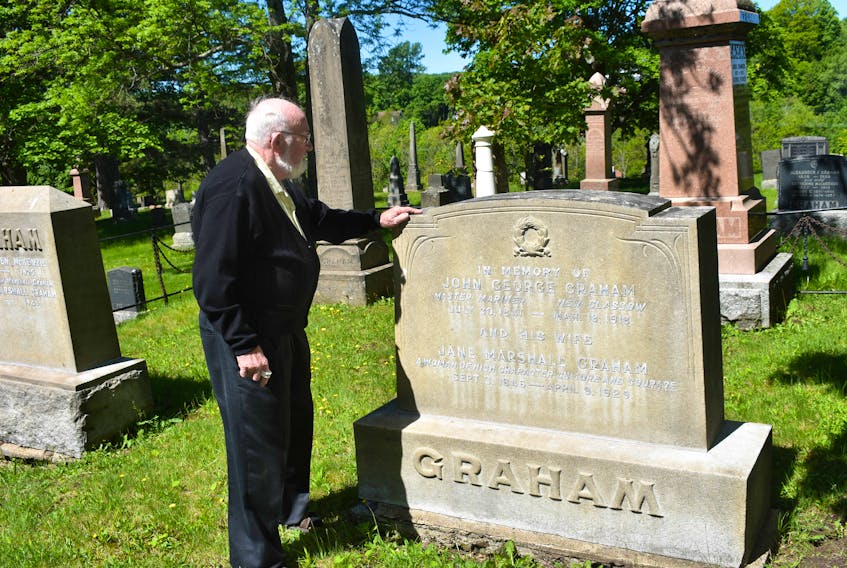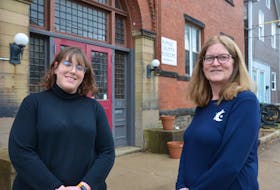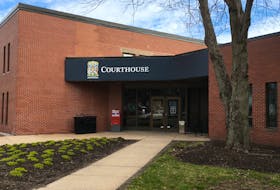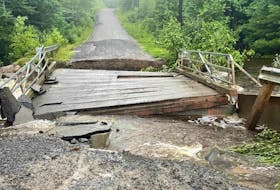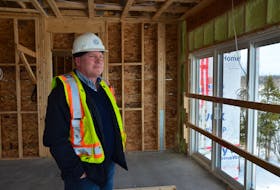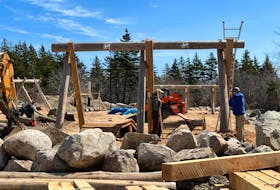“Every stone has a story,” says Murray Biggar as he walks through Riverside Cemetery.
Buried there are people of prominence – politicians, businessmen, preachers. They have monuments that tower high.
But resting here are also people who passed away without fanfare. A common grave holds the remains of more than 120 “butter box babies” as they’re often referred to. These are the infants of mothers who conceived out of wedlock whose babies died either in childbirth or shortly after.
William Graham loves this cemetery which lies along the East River on Trenton Road and has stones that date back to the 1700s. His father, grandfather and a host of other ancestors are buried here, which is why every year he tries to get back to visit the graveyard.
He’s made a point of doing what he can to help fix up around his family’s stones, but says it’s disheartening to see stones belonging to other families that have fallen over or broken.
Biggar is a trustee on the Riverside Cemetery Company and said while the cemetery board is able to take care of the grounds, the responsibility of maintaining the stones rests with the families of the deceased.
The problem is though that often family members or descendants are hard to track down or simply don’t exist.
With so many stones tilting or fallen, he said, it’d be too much for the cemetery fund to cover.
“Just the headstones here alone we’re talking well in excess of $100,000 to straighten them up and pick up the ones that are down.”
To pick and choose ones to fix also doesn’t seem fair he said.
Another frustration for Biggar is acts of vandalism that he sees on a regular basis. People will party in the cemetery sometimes and it’s not uncommon to come by and see stones lying on the ground. He’s spent many nights patrolling to see if he can catch culprits in the act.
Other stones fall over naturally with the heave and shifting of ground. Some currently at the cemetery stand at a precarious angle and Biggar warned those helping with the spring cleanup not to get too close when they’re mowing in case one should topple on them.
Further complicating upkeep efforts is the fact that it’s hard to get machinery into a cemetery laid out in the days of horse and buggy. In one corner for instance there’s a large branch broken and hanging, but Biggar can’t find anyone to come in and cut it down because they can’t get a truck into it and it’s higher than the ladders they have.
“To get any equipment in here is next to impossible because all these trenches are for horses and sleds and carriages,” he said.
Graham is an optimistic person, though, and believes that if you ask people, often they’re just waiting to help. He hopes that people will take a renewed interest in this place of history and that people who have family members buried there may take the time to make sure their ancestor’s graves are maintained.
“I think we need a campaign of asking people, ‘What can you do to help?’” he said.
He’s sure that if individuals, companies and community groups all took a renewed interest, they could make a real change.
He suggests that a walking trail could be put through the cemetery with a guide to tell about the people buried there.
Every stone has a story after all.

